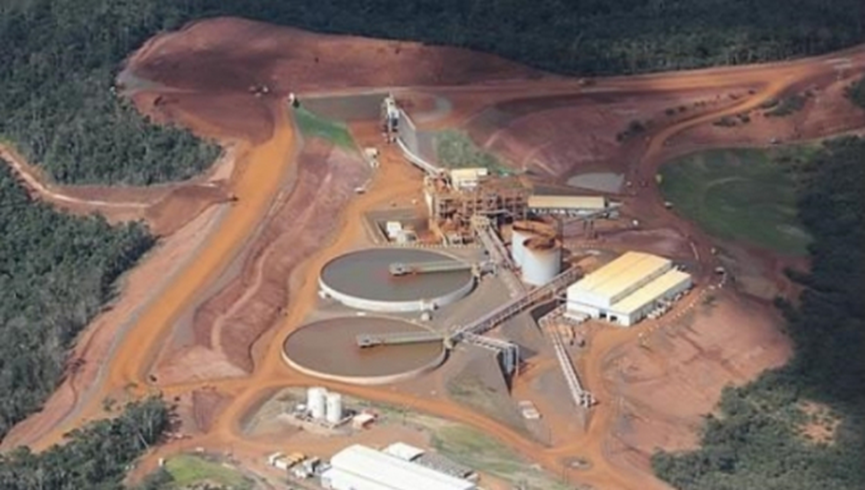Korean companies are stepping up their efforts to reduce their dependence on China for key battery minerals. Their independence on China stands at more than 80 percent. They are strengthening their raw material supply chains by partnering with Australian and U.S. companies.
Korea’s dependence on China for key battery minerals stood at more than 80 percent in 2022, according to a comparative analysis of Korea-Japan resources development by the Federation of Korean Industries (FKI) on June 5.
Korea has 94 percent dependence on China for graphite, 87.9 percent dependence for lithium, 85.7 percent dependence for rare earths, and 72.8 percent dependence for cobalt.
Such high dependence on China stems from China’s dominance of key minerals. In the case of graphite, more than 80 percent of the world’s graphite reserves are in China. Smelting facilities, which process minerals into products, are also concentrated in China. More than half of all smelting processes for graphite (70 percent), cobalt (64 percent), and lithium (58 percent) are carried out in China, according to the Korean Ministry of Trade, Industry and Energy. Cheap labor and lax environmental regulations compared to developed countries have promoted the smelting business in China.
In the face of growing risk from China represented by a U.S.-China trade conflict, this high dependence on China can deal a big blow to Korean companies. Moreover, the U.S. Inflation Reduction Act (IRA) has forced Korean companies to diversify battery mineral supply chains. According to the detailed guidelines of the IRA, at least 40 percent of battery core minerals must be extracted or processed in North America or countries which signed free trade agreements with the United States (including Japan) to allow consumers to receive a total subsidy of US$7,500 for the purchase of an electric vehicle.
To respond to external variables, LG Energy Solution signed a lithium concentrate purchase and equity investment agreement (an equity of approximately 7.89 percent) with Australia’s Green Technology Metals, which operates a lithium mine in Canada in May. Lithium concentrate is a key mineral from which lithium hydroxide can be extracted. Under the agreement, LG Energy Solution will buy 25 percent of Green Technology Metals’ total lithium concentrate for five years.
In November 2022, LG Energy Solution inked a long-term purchase agreement on lithium carbonate with U.S.-based Compass Minerals. As a result, LG Energy Solution will purchase 40 percent of lithium carbonate to be produced by Compass Minerals for six years starting in 2025.


In May, SK on signed a joint development agreement (JDA) on battery anode materials with US-based Westwater Resources. Westwater has exploration and mining rights to a graphite mine in Alabama of the United States. In January, it also signed a cathode material JDA with U.S.-based company Urbix.
Last year, SK on signed a memorandum of understanding (MOU) with Australia’s Global Lithium to secure stable lithium supply. Global Lithium is carrying out large-scale lithium concentrate projects at two mines in Australia. The mines are estimated to have 500,000 tons of lithium reserves.
POSCO International which has entered the secondary battery raw material business struck a long-term supply deal with Paru Graphite, a subsidiary of Australian mining company Black Rock Mining, in May to receive natural graphite for secondary batteries. Under the deal, POSCO International will invest US$10 million to secure the supply of a total of 750,000 tons of natural graphite from Paru Graphite for about 25 years.




 CONTACT US
CONTACT US ICC APP
ICC APP
